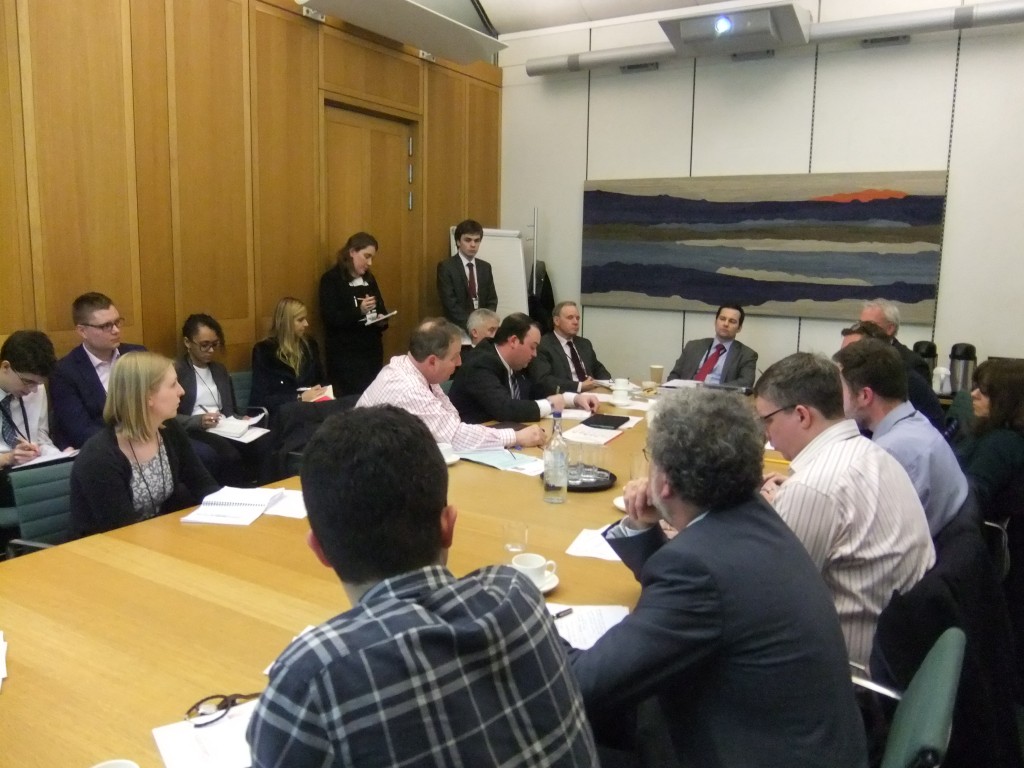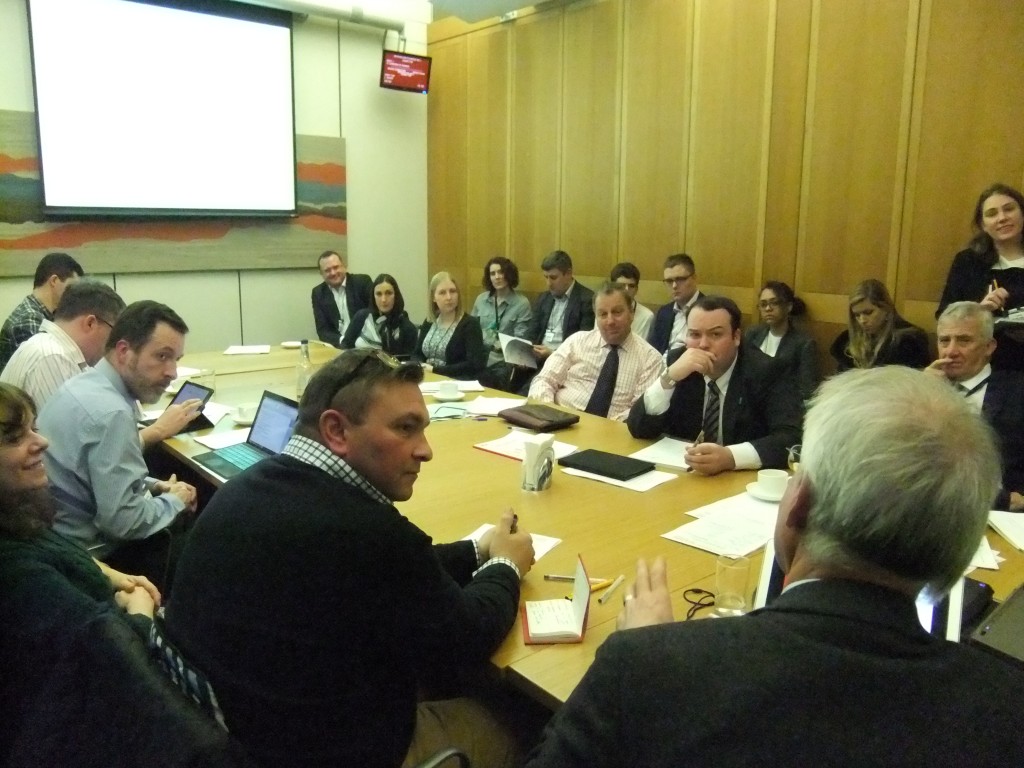On Tuesday 9th February, the APPG for Education hosted Professor Peter Barrett of Salford University as the key note speaker at a meeting on the impact of the classroom environment on educational attainment. Professor Barrett presented the findings of his research and suggested possible policy implications of his report, entitled “Clever Classrooms”. The full academic paper that underpins the report can be found here.
Professor Barrett began by presenting an overview of the report. His research, based on data about 3766 pupils in 158 primary school classrooms, provides evidence that differences in the physical learning environment are responsible for 16% of the variation in attainment of pupils. The difference in attainment between pupils in the best and worst environments can be as great as 1.3 national curriculum sub levels per year. This impact is driven by a combined range of factors, covering the dimensions of: naturalness or comfort, individualisation of classrooms and the appropriate level of stimulation.
Professor Barrett explained that there were some surprising findings. School level factors (as opposed to the design of individual classrooms) had a muted effect on attainment, owing to a big variation in the quality of classrooms within schools. In addition further research is highlighting that certain emphases in classrooms can lead to improved results in certain subjects. For example, a more individualised classroom seems to be beneficial to attainment in maths. Professor Barrett theorised that this could be because maths is a subject that is strongly linked to confidence.
Professor Barrett then explored some of the practical implications of the research for teachers, and for those involved in school design. His presentation to the Group can be viewed here.
The APPG Chairman, Danny Kinahan MP, began the question and answer session by asking if Professor Barrett had seen a difference between rural and urban schools. Professor Barrett explained that the research had been carried out in a range of schools, but the differences between urban and rural settings had not been specifically explored. He added that he would soon be travelling to Norway to compare practices at an international level.
Danny Kinahan added that he would be interested to hear what assessment the Department for Education has made of the report. He stressed the importance that the report’s findings are imparted to schools, training establishments, unions and to the devolved administrations.
Sonia Case, a head teacher from Newham, asked if there were specific implications of this research for the use of ICT (whiteboards) in teaching. Professor Barrett responded that a badly designed classroom with too much glare would make it difficult to use screens and interactive boards. This means that the blinds installed make a big difference, especially their ease of use as difficult to operate blinds discourage teachers from using them appropriately.
Lord Storey asked if characteristics of classrooms, such as the use of certain colours, helped in relation to behavioural outcomes. Professor Barrett explained that the researchers did collect information on exclusions, etc, but did not have enough data points to draw firm conclusions.
Patrick Hayes, of the British Educational Suppliers Association, asked what advice Professor Barrett would give to a teacher inheriting a bad classroom environment. Professor Barrett responded that while the advice depends on what is wrong with the classroom, most changes that a teacher can make are fairly easy and quick to put in place and often will involve very little expenditure.
Wayne Bates of the NASUWT noted that some academy chains exercise central control over the design and decoration of classrooms. He asked if Professor Barrett thought that this might have a negative impact, for example on individualisation factors. Professor Barrett noted the importance of control of the classroom space at a local level. He gave the negative example of a school centrally controlling the temperatures within classrooms via underfloor heating, despite different rooms receiving different levels of natural heat and light.
Lord Watson asked if the number of pupils within each class affected the impact of the classroom environment. He also asked if there was a difference between primary and secondary schools.
Professor Barrett explained that the research had not found an impact to fact class size per se. In their sample they had not really encountered any classes with less than thirty pupils, but the measure used had been the number of pupils per square metre.
Professor Barrett noted that new research is needed focused on secondary schools. The likely differences between primary and secondary school would be that school level factors would be more relevant at secondary level, as pupils move around the school a lot more. He added that because secondary schools tend to include specialised classrooms, this issue would also need more examination.
Hayley Francis of PTA UK asked if the impact of the classroom environment varied according to what sort of learner a pupil was – visual or auditory for example. Professor Barrett responded that whilst his data was not granular enough to assess that, every classroom environment should, as far as possible, be designed to cater to all different types of learner.
Danny Kinahan MP thanked Professor Barrett and those who participated in the Q&A, and brought the meeting to a close.



